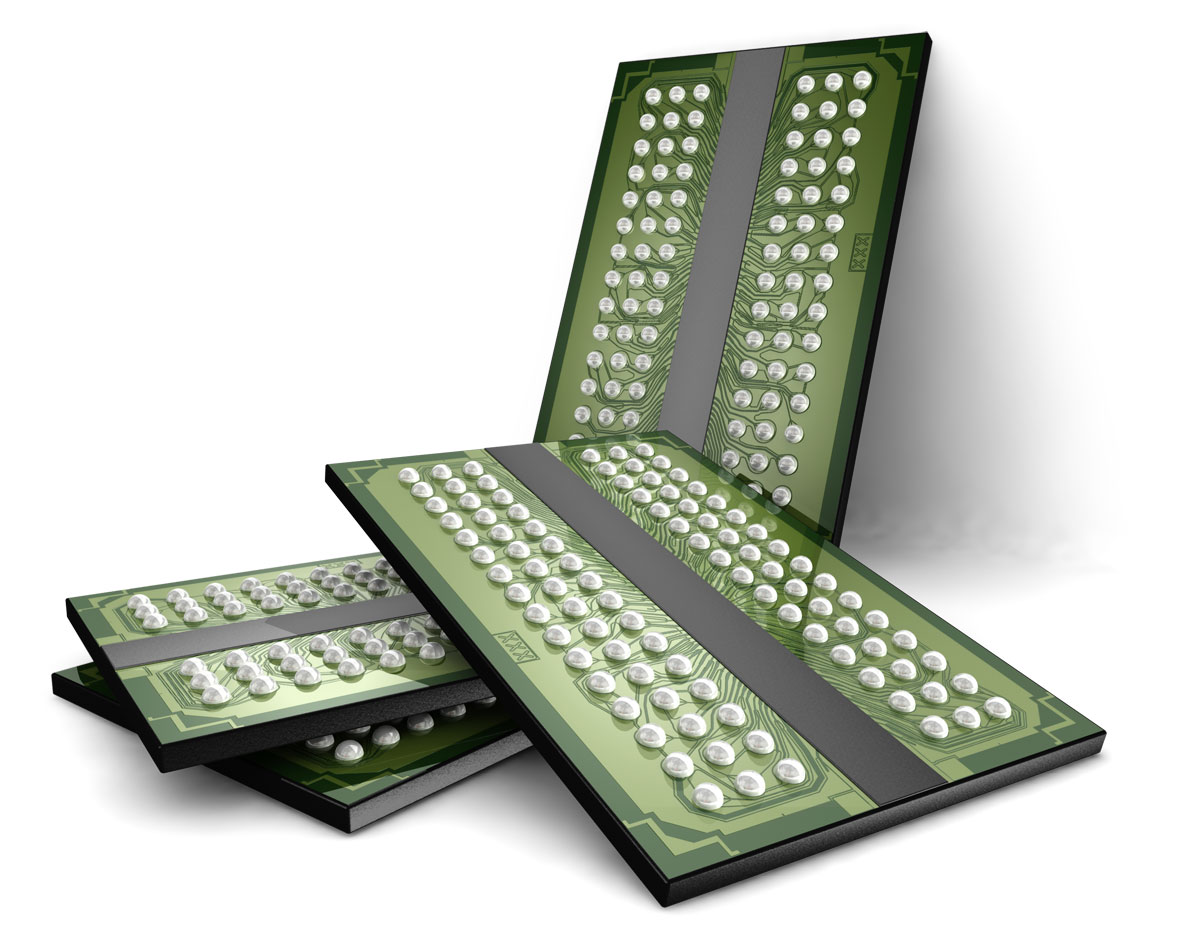
Oversupply in global DRAM and NAND markets, along with Trump’s ban on export’s to China’s Huawei hit Micron particularly hard this quarter, with what CEO Sanjay Mehrotra described as an “unprecedented confluence of events” causing DRAM revenue to fall 45 percent year-over-year.
The Boise, Idaho-based company, which provides DRAM, SDRAM, flash memory, SSD and CMOS image sensing chips, told investors on a Micron earnings call that without the Huawei ban it would have hit the higher end of its guidance; sales to Huawei account for 13 percent of its revenues.
After closely reviewing the ban, it has resumed some sales, Mehrotra said.
“[After the ban] Micron immediately suspended shipments to Huawei and began a review of Micron products sold to Huawei to determine whether they are subject to the imposed restrictions. Through this review, we determined that we could lawfully resume shipping a subset of current products because they are not subject to Export Administration Regulations and Entity List restrictions. We have started shipping some orders of those products to Huawei in the last two weeks.”

He declined to offer further details on the precise subset of products. The Micron CEO added: “There is considerable ongoing uncertainty surrounding the Huawei situation, and we are unable to predict the volumes or time periods over which we’ll be able to ship products to Huawei. We cannot predict whether additional government actions may further impact our ability to ship to Huawei.”
Micron Earnings: Positive Results, Despite Market Challenges
A tight fiscal rein and efficiency improvements meant that despite headwinds Micron returned healthy levels of free cash flow. Total fiscal third quarter revenue was approximately $4.8 billion. Operating income was $1.1 billion. Micron plans to trim Capex significantly in the coming quarters, revising guidance downward from $10.5 billion to $9 billion.
The company forecast its calendar year DRAM demand to be a “healthy” mid-teens growth for the full year, compared to the mid-to-high teens predicted for the industry. The company plans to trim wafer production by 10 percent, up from five percent last quarter.
CEO Sanjay Mehrotra told investors: “While we continue to believe that the industry is structurally stronger, the confluence of events that impacted this year was unprecedented. [Yet] Micron’s profitability and balance sheet are best-in-class.”
He added: “We are in the early innings of growth in cloud computing, and the value of data in the new economy is going to drive secular growth in numerous memory and storage-intensive applications. AI, autonomous vehicles, 5G, and IoT will drive significant improvements in our lives, and we look forward to bringing the value of our innovative, market-leading solutions to our customers.”
CFO Dave Zinsner added: “We think we’ll be in a relatively good spot by the end of the calendar year, may not be at quote unquote optimal levels, but certainly in a healthier place and then quick quickly after that I would expect DRAM to be in a good place.”
“We did write down about $40 million of inventory this quarter specific to Huawei.”






